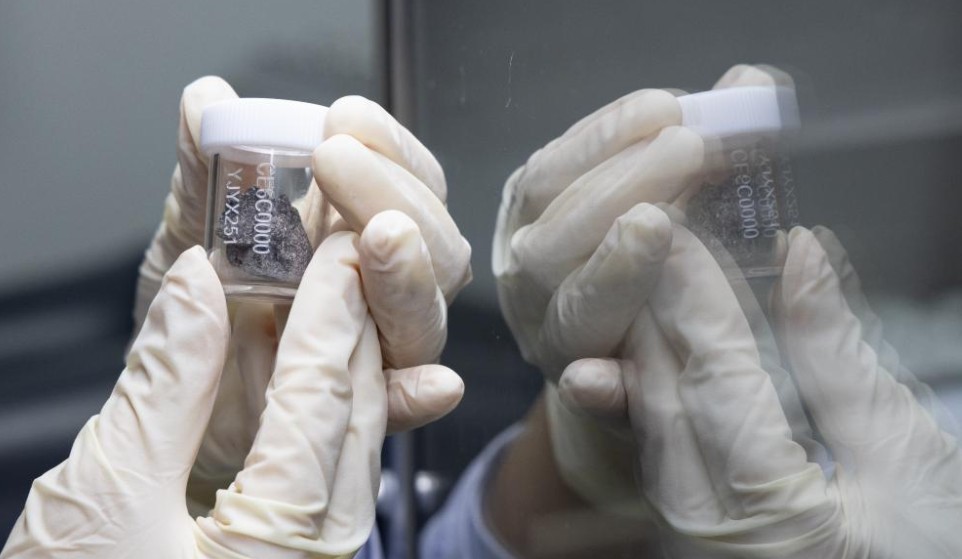Chinese scientists studying lunar samples returned by the Chang’e-6 mission have identified rare meteorite relics that could reshape our understanding of mass transfer in the Solar System.
The study, published in the latest issue of Proceedings of the National Academy of Sciences, was led by a research team from the Guangzhou Institute of Geochemistry (GIG) under the Chinese Academy of Sciences, Xinhua news agency reported.
The CI chondrites—a type of meteorite rich in water and organic materials that typically originates in the outer Solar System—are so rare on Earth that they account for less than one per cent of all collected meteorites.
Unlike Earth, the Moon has almost no atmosphere or plate tectonics, meaning it preserves a pristine record of ancient asteroid impacts, acting as a “natural archive.”
Using advanced techniques to examine mineral composition and oxygen isotopes, the researchers analyzed lunar soil and confirmed that the fragments originated from CI-like chondrites.
The study suggests that the Earth-Moon system may have experienced more collisions from carbonaceous chondrites than previously estimated.
“This discovery not only indicates that material from the outer Solar System can migrate to the inner Solar System, but it also has important implications for explaining the origin of water on the lunar surface,” said Lin Mang, a researcher at GIG.
“It also provides new directions for future research on the distribution and evolution of lunar water resources,” he added.
Moreover, the study established systematic methods for identifying meteoritic materials in extraterrestrial samples.
In 2024, Chang’e-6 made history by bringing 1,935.3 grams of far-side lunar samples back to Earth. These samples were collected from the South Pole-Aitken (SPA) Basin, the largest, deepest, and oldest basin on the Moon.
–IANS














